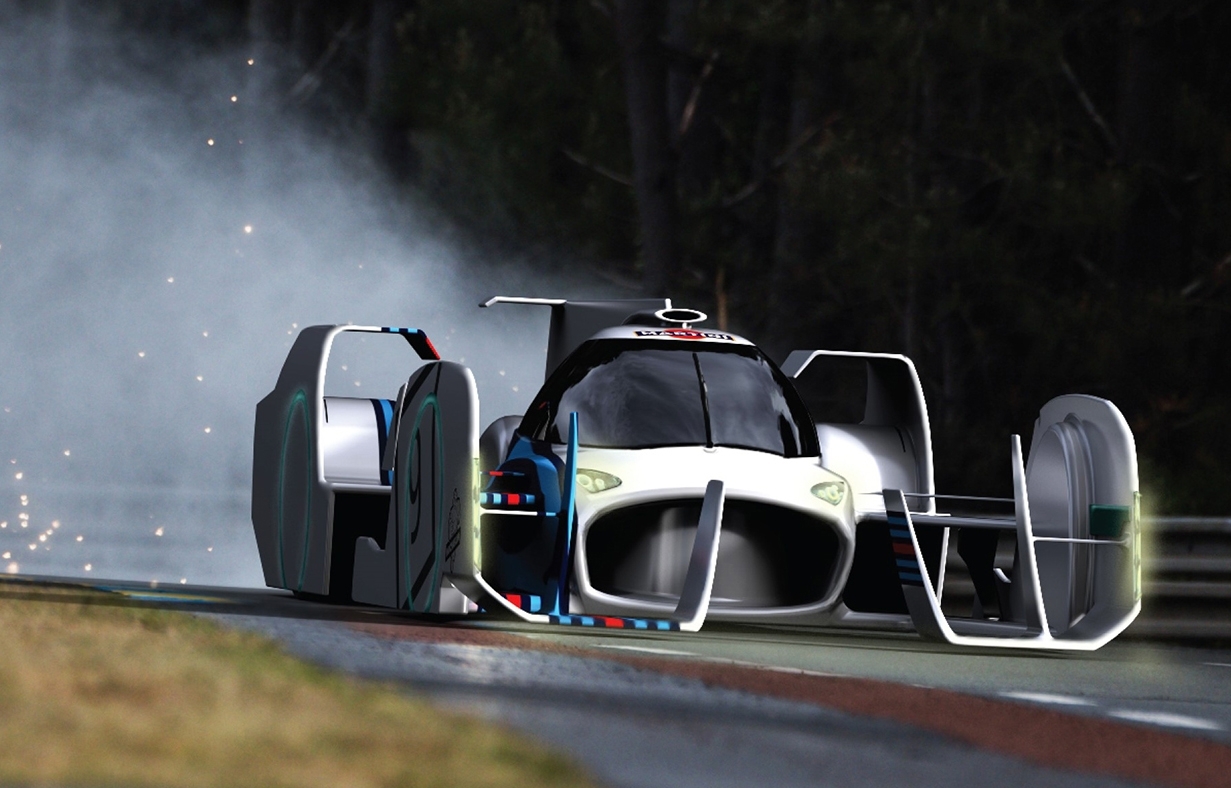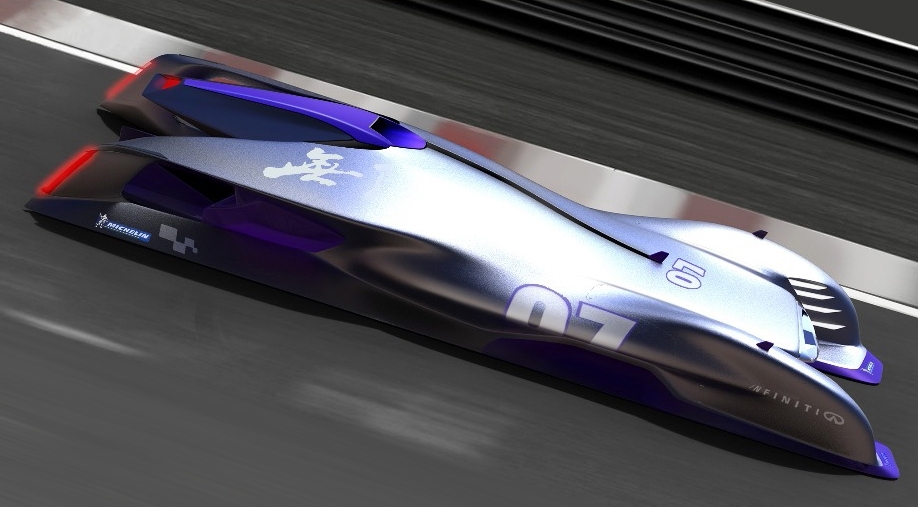2017 Michelin Design Challenge Finalists
For those of unaware, Michelin North America has had a specific interest in automobile design for quite some time and in addition to supporting various automobile design events they host their own; the Michelin Design Challenge. It stands to reason that because their product is invaluable for the integrity of a vehicle, it is only natural that they concern themselves with the bodywork above.
Michelin’s yearly design challenge provides the company with an opportunity to “assist in the evolution of transportation,” while simultaneously giving the brilliant minds of new and established designers across the world a chance to test their mettle against the best the competition has to offer. This year their theme was Le Mans 2030: Design for the Win and Michelin struck gold. The finalists are more than worthy of the recognition they received. The top three are represented below.
2nd Runner Up: Cierzo C1 by Kurt Scalan, Canada

What’s there to love about this concept? Large vertical ailerons that allow for increased cornering speeds, less energy through braking and less tire wear which results in lower lap times and fewer pit stops. Instant win. Dynamic front struts and hubs that direct the wheels and ailerons eliminating excessive moving parts for increased durability and just for kicks, a ring of LED lights communicates driving inputs: red for braking and blue for acceleration.
1st Runner Up: Bentley 9 Plus Michelin Battery Slick by Daniel Bacelar Pereria, Portugal

In addition to remarkable design, Pereira found the solution for dwindling battery power of the electric race car in the constantly changing tires. With a set of batteries incorporated into the rims which feed the car’s electric motor, every time the tire is changed the battery is changed as well, effectively allowing for a faster and more efficient pit stop. Other advantages include the distribution of battery weight to the four corners of the car and the airless tires which reduces the chance of punctures, bursting and pressure problems.
Winner: Infiniti Prototype by Tao Ni, China

The jewel of the event was this eye catching piece with the ability to change between driving and autonomous mode for the day and night portions of the race respectively. In addition to the different driving modes, the concept makes use of graphene technology for a smaller and stronger battery, vertical rudders for smarter aerodynamics, and a drag reduction system connector.
The 2018 theme has already been published: ‘Mobility, Flexibility and Utility: Designing for the Next Global Revolution’ and entries are currently being accepted. If you feel that design itch scratch it; we could be writing about your concept next year.
